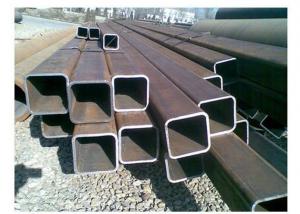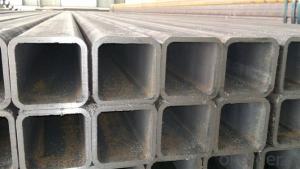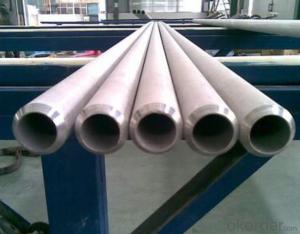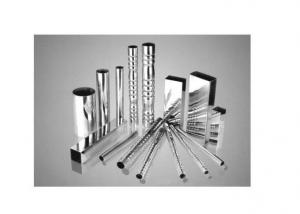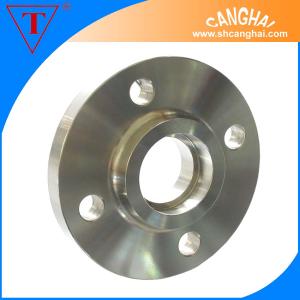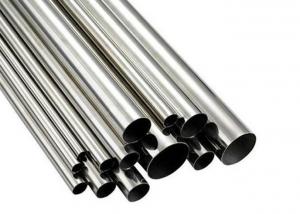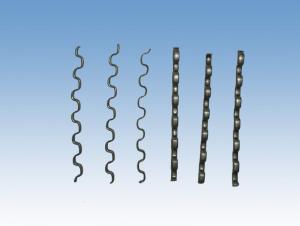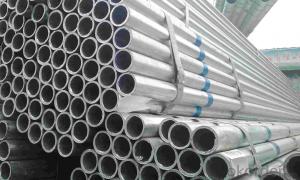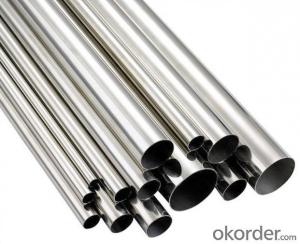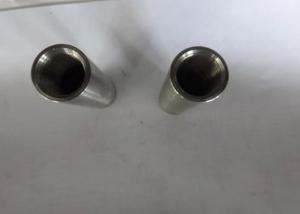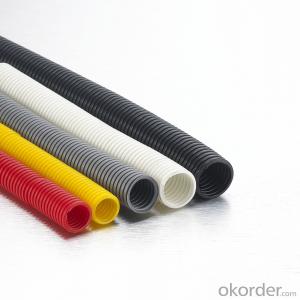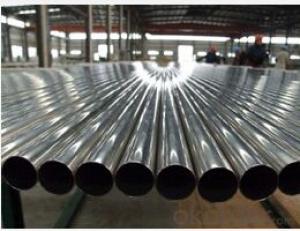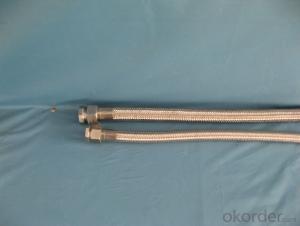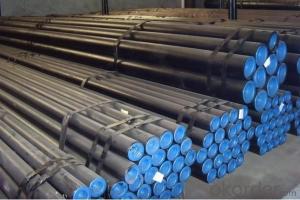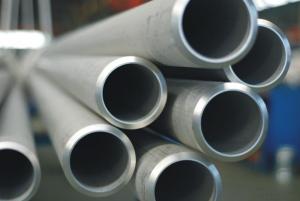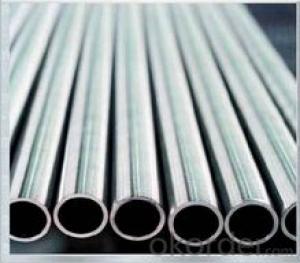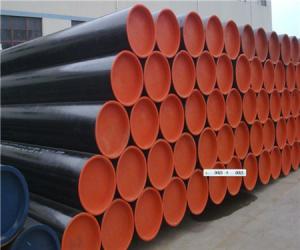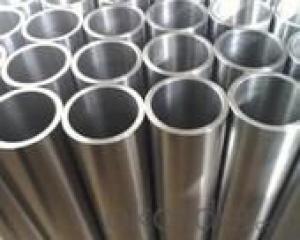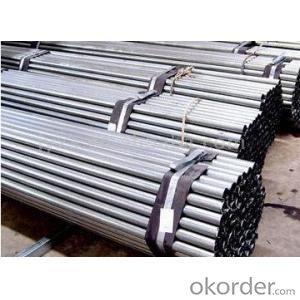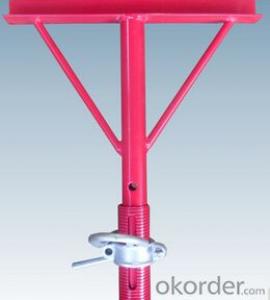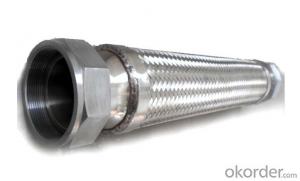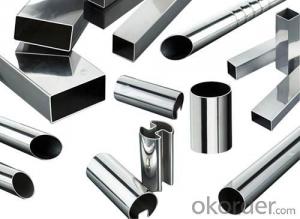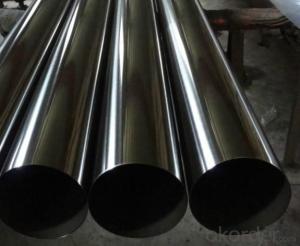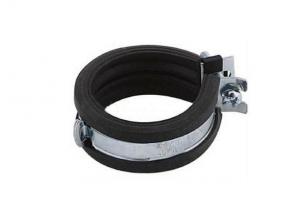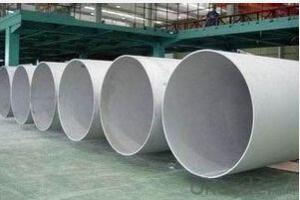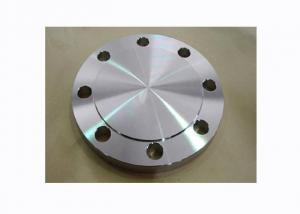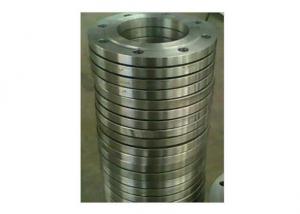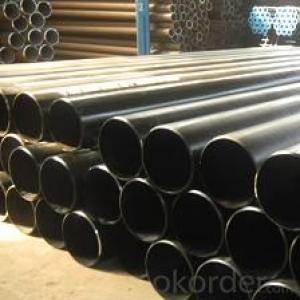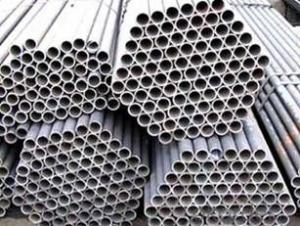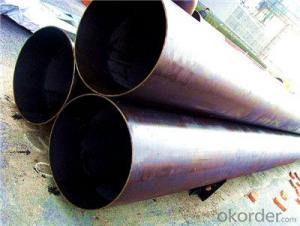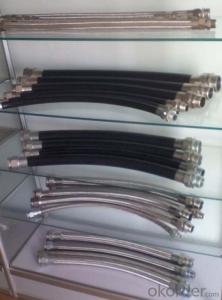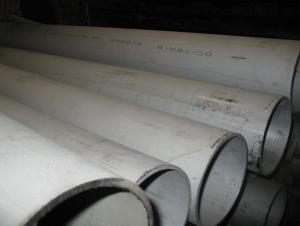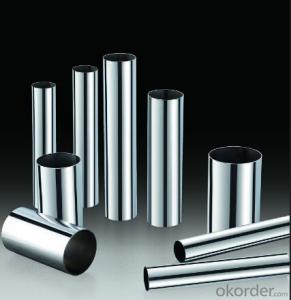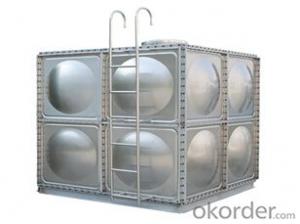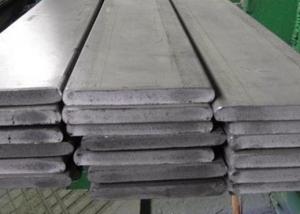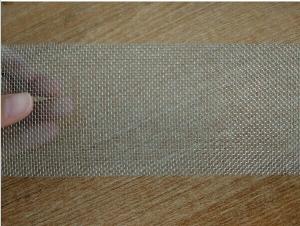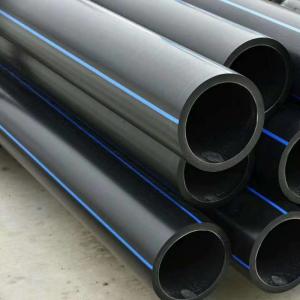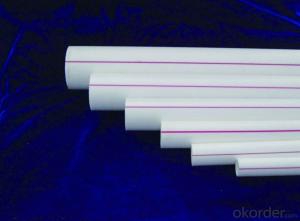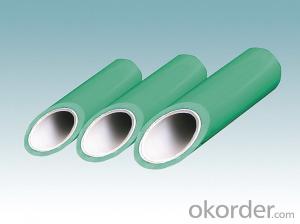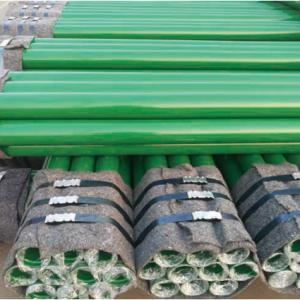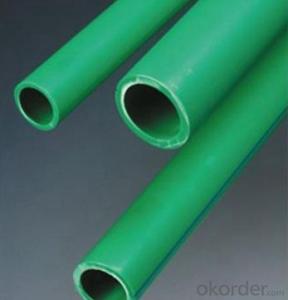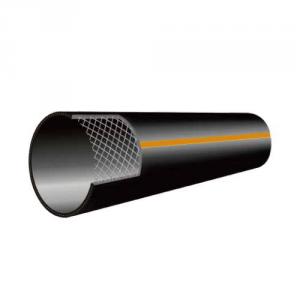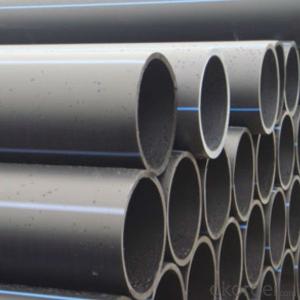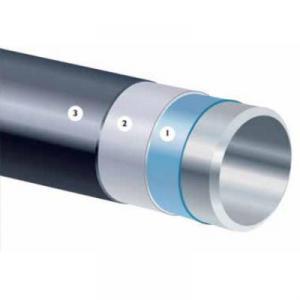Stainless Steel Flex Pipe
Stainless Steel Flex Pipe Related Searches
Flexible Steel Pipe Stainless Steel Flue Pipe Stainless Steel Screen Pipe Stainless Steel Pipes Stainless Steel Piping Flexible Stainless Steel Tubing Stainless Steel Pipe Flange Stainless Steel Chimney Pipe Stainless Steel Threaded Pipe Stainless Steel Pipe Fitting Pipe Stainless Stainless Steel Smoker Pipe Stainless Steel Tape Stainless Steel Pipe Clamp 304 Stainless Steel Pipe 4 Stainless Steel Pipe 3 4 Stainless Steel Pipe Stainless Steel Pipe Clamps Stainless Steel Tap Chimney Pipe Stainless Steel 3 Stainless Steel Pipe 1 Inch Stainless Steel Pipe 4 Inch Stainless Steel Pipe 1 2 Stainless Steel Pipe Stainless Steel Pipe Dimensions Stainless Steel Strap 1 Stainless Steel Pipe 2 Stainless Steel Pipe 6 Stainless Steel Pipe Stainless Steel Pipe ScreensStainless Steel Flex Pipe Supplier & Manufacturer from China
Stainless Steel Flex Pipe is a versatile and durable product made from high-quality stainless steel materials. These pipes are designed to provide flexibility and resistance to corrosion, making them ideal for a wide range of applications. They are commonly used in industries such as food processing, chemical manufacturing, and pharmaceuticals, where maintaining hygiene and preventing contamination is crucial. The flexibility of Stainless Steel Flex Pipe allows for easy installation and adaptation to various environments, ensuring a seamless connection between different components.Stainless Steel Flex Pipe is widely used in various scenarios, such as transferring liquids, gases, and even steam, due to its excellent resistance to high temperatures and pressures. It is also favored for its ability to withstand harsh chemicals and corrosive substances, making it a popular choice for applications where durability and safety are paramount. Whether it's for industrial processes, residential plumbing, or even marine applications, Stainless Steel Flex Pipe offers a reliable and efficient solution.
Okorder.com is a leading wholesale supplier of Stainless Steel Flex Pipe, boasting a large inventory that caters to the diverse needs of customers worldwide. With a commitment to quality and customer satisfaction, Okorder.com ensures that each Stainless Steel Flex Pipe is manufactured to the highest standards, providing a dependable product for various applications.
